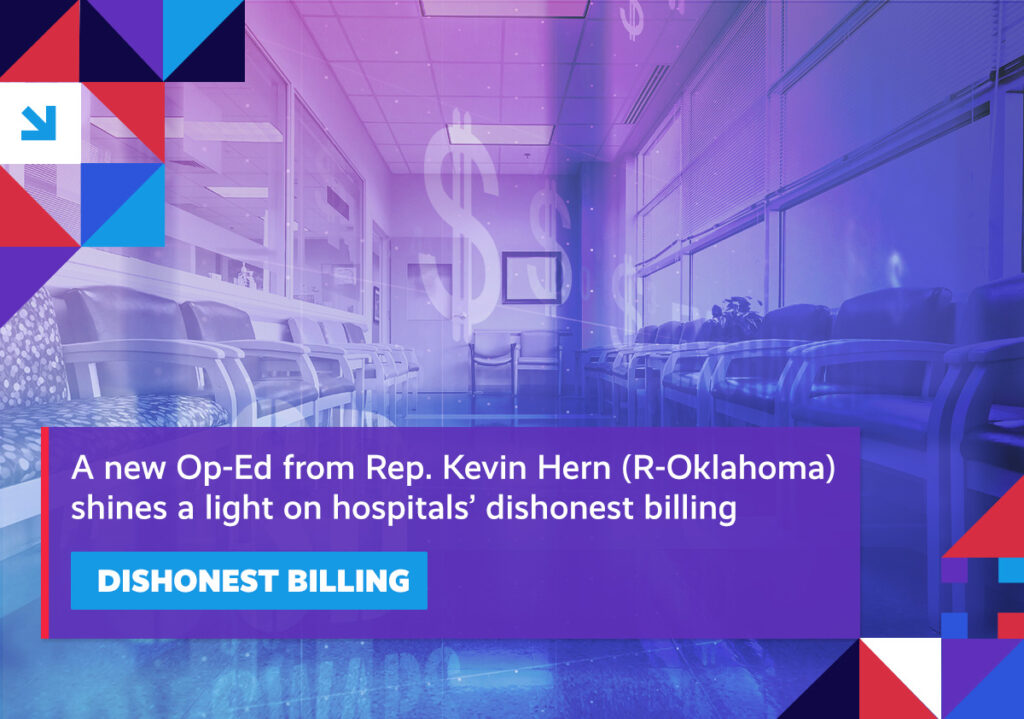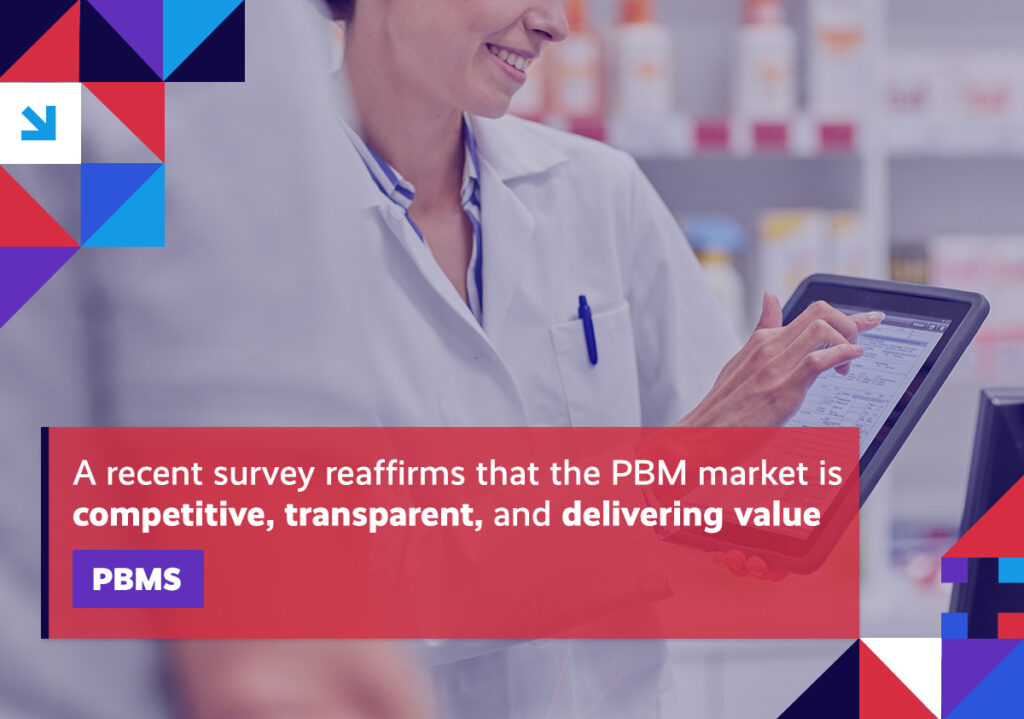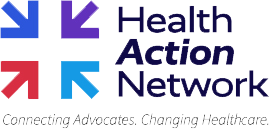A quick roundup of the issues driving the healthcare reform conversation.
Item of the Week

Spotlight
HOSPITALS Hospitals are having to defend themselves on multiple fronts.
Quick takeaway: From their shady billing practices to their record profits to the accelerated pace of consolidation reshaping the industry, these health systems find themselves under increased scrutiny.
Further context: Take the issue of billing. Mounting frustration over how hospitals have quietly gotten away with billing patients, health plans, and government programs exorbitantly more for services delivered in non-hospital settings has prompted reform efforts by lawmakers in Washington and in state capitals across the country.
Separately, despite repeated claims to the contrary, a new study uncovered how many hospital systems actually thrived during the pandemic. In fact, more than half of these facilities didn’t experience any financial distress due to COVID-19, but nearly three-quarters received relief funds anyway.
Finally, a separate report details how increased hospital consolidation has led to the rise of facility fees, which in turn has driven up medical bills, out-of-pocket costs, and premiums.
MEDICAL COSTS Rising medical costs will put upward pressure on premiums next year.
Quick takeaway: Ongoing inflation, the end of the coronavirus public health emergency, and continued shifts in employer coverage, are all overshadowed by the simple fact that healthcare costs have been growing faster than inflation.
Digging deeper: A new issue brief from the American Academy of Actuaries examines the factors that will impact healthcare prices, utilization, and spending in 2024.
What it means: The uptick in provider prices will, in turn, drive up reimbursement rates, leading to increased premiums next year.
PRIVATE EQUITY A new analysis details the negative impacts of private equity ownership in healthcare.
Quick takeaway: According to the research, not only do costs go up when private equity investors acquire healthcare facilities, but the quality of care delivered at those sites also worsens.
Digging deeper: As recently highlighted, private equity’s ability to dramatically reshape our healthcare system continues to draw increased attention. This is true across a growing range of medical specialties and services, including emergency medicine and anesthesiology.
What it means: With evidence exposing private equity’s negative impact on healthcare costs and outcomes mounting, experts continue to raise the alarm, looking beyond where things stand today and focusing on where things could be headed.
SURPRISE MEDICAL BILLING Stakeholders offer an important reminder as to why the No Surprises Act was necessary in the first place.
Quick takeaway: By the end of this summer, it’s projected that the No Surprises Act (NSA) will have prevented nearly 20 million surprise medical bills since first going into effect in January of 2022.
Digging deeper: Prior to the rules going online, surprise medical bills added $40 billion in unnecessary costs to our healthcare system. It’s no wonder providers are working so hard to unwind these critical consumer protections, as evidenced by the multiple lawsuits they’ve brought against the NSA.
What it means: While the impact of the lawsuits is yet to be determined, it’s worth noting that, as highlighted above, private equity interests have boosted their share of both the emergency medical and anesthesiology markets – two specialties that are most linked to surprise medical bills.
UNNECESSARY CARE A new report identifies millions of dollars in low-value care in Colorado.
Quick takeaway: Coloradans received nearly two million unnecessary healthcare services in 2021 according to a new analysis. All that waste cost patients and health plans approximately $134 million.
Digging deeper: Among the top services observed for inappropriate spending:
- Opioid prescribing, which accounted for 36 percent of all low-value care at $48 million
- Vitamin D deficiency screening at $12.4 million
- Prostate cancer screening at $6.6 million
Overall, the share of spending on low-value care was highest in the state’s Medicaid program and the Children’s Health Insurance Program (CHIP).
What it means: The report goes on to highlight how effective provider-focused and patient education interventions, along with multi-stakeholder collaborations, have been in other states when it comes to reducing low-value care.
Spotlight

| You can keep up with the latest by following the Health Action Network on Twitter and by liking us on Facebook. And, be sure to check us out on LinkedIn, too. As always, let us know if there’s something you’d like to see covered in a future newsletter. |
The Health Action Network includes everyday Americans—families, workers, businesses, patients, providers, neighbors, and friends. We are working together because we support market-based solutions that offer better healthcare choices and help build a stronger economy. The Health Action Network is an Elevance Health, Inc., initiative.
